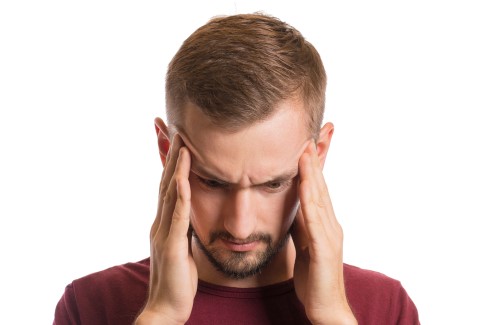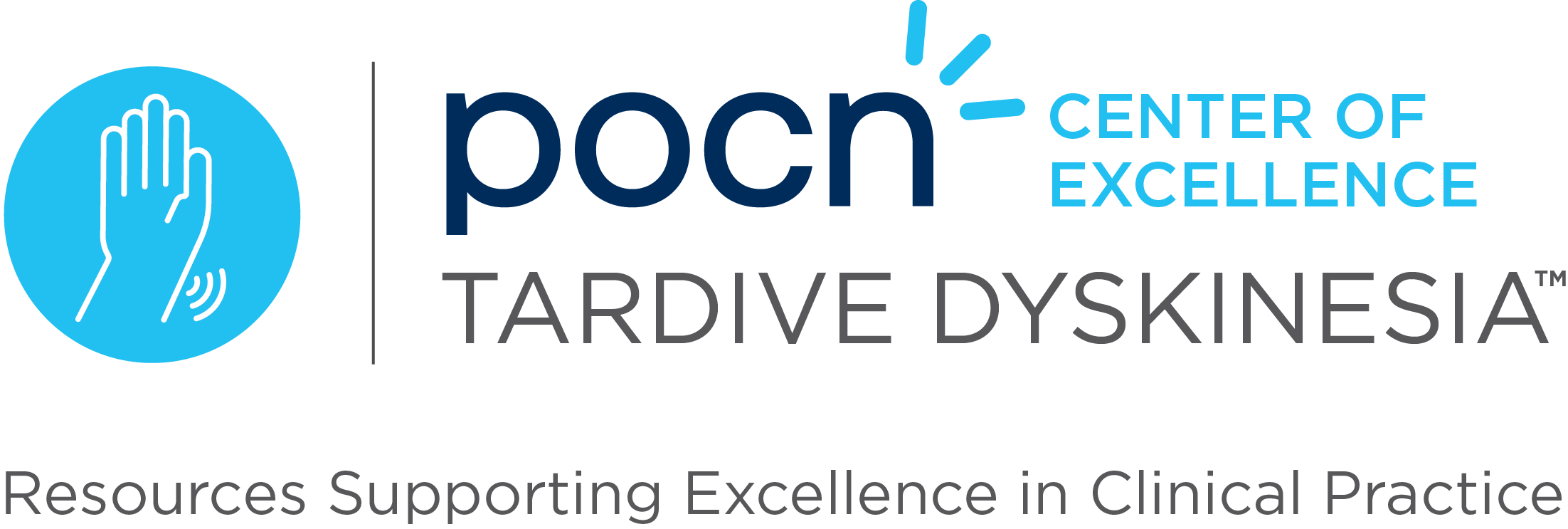Awareness of Abnormal Movements in Tardive Dyskinesia Linked to Adverse Effects on Physical and Social Well-Being, Study Shows

Researchers of a recent study found that adults who were aware of abnormal involuntary movements indicative of tardive dyskinesia (TD) experienced adverse effects on physical wellness and social functioning. Participants were divided into two cohorts: Cohort 1 consisted of patients with no visible abnormal movements, and Cohort 2 included individuals with possible TD according to clinician judgment. Cohort 2 was further divided into those aware of their movements in the past 4 weeks (cohort 2A) and those unaware of their movements during that time (cohort 2NA).
The results showed that individuals in cohorts 2 and 2A reported more problems in various dimensions of health and social functioning compared to those in modified cohort 1. The study highlights the importance of considering patient perceptions and awareness of their own abnormal movements and the impact of TD on their overall wellness.
Study Finds Patient Perception of Tardive Dyskinesia’s Impact Differs From Clinician Assessment

Researchers of a study examined the impact of tardive dyskinesia (TD) patient health and social functioning, conducted in two cohorts: Cohort 1 consisted of patients with no abnormal involuntary movements, while Cohort 2 consisted of patients with possible TD according to clinicians’ judgment. The assessments included measuring health utility using EuroQoL’s EQ-5D-5L, social functioning using the Sheehan Disability Scale (SDS), as well as patient- and clinician-rated severity and impact of TD.
The results showed that in Cohort 2, patient-rated TD impact was significantly associated with lower health utility and higher SDS scores. However, clinician-rated severity was moderately associated with both health utility and SDS, but these associations were not statistically significant. The study concluded that the severity of TD assessed by clinicians did not always correlate with patient perceptions of the significance of TD.
Case Study Highlights Tardive Dystonia in Patient With Alzheimer’s on Antipsychotics: Implications for Treatment and Management

Researchers of a recent study looked at a case of tardive dystonia in a 61-year-old woman with Alzheimer’s dementia, who had been taking antipsychotic medication and presented with a sustained flexion posture of the neck that made feeding difficult. Treatment of tardive dystonia can be challenging, and the first step usually involves discontinuing the neuroleptic medication, if possible. However, this may not be feasible for psychiatric patients, in which case, switching to a different antipsychotic, such as clozapine, is recommended. If there is no improvement, other drugs like VMAT2 inhibitors, anticholinergic drugs, clonazepam, and baclofen can be tried. Researchers concluded that preference should be given to antipsychotics with a lower risk of extrapyramidal effects, such as clozapine, in patients with dementia.
Case Study Highlights Tardive Dyskinesia and the Importance of Early Diagnosis and Treatment

Researchers of a study assessed tardive dyskinesia (TD). TD is primarily caused by medication use, particularly neuroleptic drugs, and can affect approximately 2% to 5% of patients annually.
Study Reveals Sex Differences in Cognitive Impairment Among Schizophrenia Patients With Tardive Dyskinesia

A recent study examined potential sex differences in cognitive performance among schizophrenia patients with tardive dyskinesia (TD).
Managing Tardive Dyskinesia: Alleviating Symptoms and Gaining Control Through Stress Reduction

Researchers of a recent study examined tardive dyskinesia (TD) and strategies individuals with TD can utilize to help reduce stress and maximize their ability to control their movements.
Addressing Prevalence of Tardive Dyskinesia in Long-Term Care Residents: Strategies for Improved Quality of Life and Effective Treatment

This course is designed for long-term care clinicians, including medical directors, physicians, nurse practitioners, physician associates, pharmacists, and psychiatrists, as well as other health professionals caring for older adults.
Understanding and Managing Extrapyramidal Effects Caused by Antipsychotic Medications

Researchers of a study explored the pathophysiology of extrapyramidal effects (EPS) caused by antipsychotic medications, including the delicate balance between therapeutic effects and extrapyramidal effects.
Researchers Evaluate the Physical, Psychological, and Social Burden of TD

In a poster presented at Psych Congress 2021 in San Antonio, Texas, researchers looked to evaluate the impact that tardive dyskinesia (TD) has on both patients and caregivers socially, physically, and psychologically. Through targeted literature and interviews with patients, clinicians, and caregivers, surveys were created to evaluate both experiences and concerns of patients. Approximately 75% of patients with TD who were surveyed and 82% of caregivers who were surveyed reported a severe impact on patients among all domains. Speaking, sleeping, and eating were the greatest physical impacts of TD that were reported by patients. The below article dives deeper into the results of this study, also stating the impact that TD has on underlying conditions based on the survey results.
Stress and its Impact on Tardive Dyskinesia

Research has shown that excessive involuntary movements from tardive dyskinesia (TD) can be worsened by an excessive amount of stress. Patients with TD often also experience stress, which can create an “unfortunate cycle.” It has been found that when patients with TD have found ways to manage or lessen their stress, they have experienced an improvement in quality of life and symptoms. This article offers evidence-based ways that can reduce stress and alleviate symptoms of TD including exercise, meditation, and sleep.
